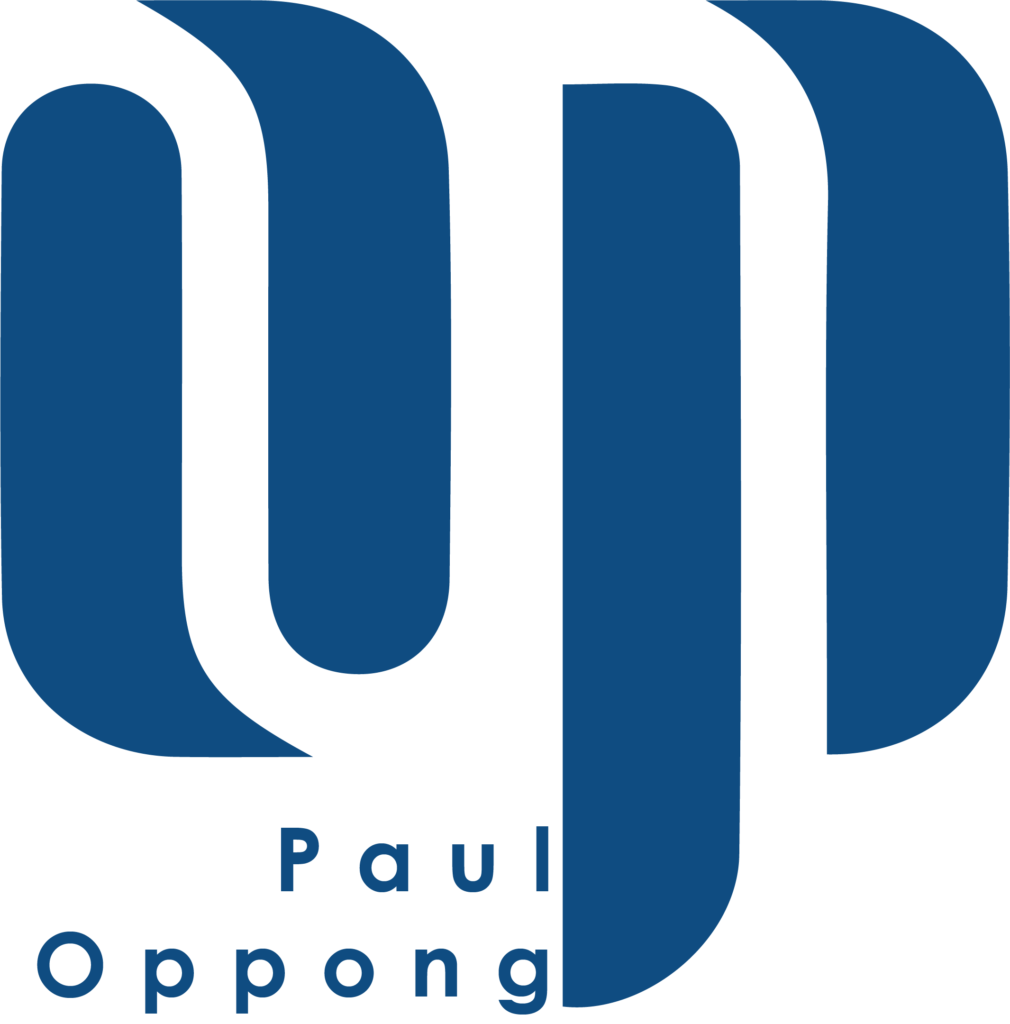Introduction
Citizen development is one the most recent and most exciting developments in project management. It challenges the established approaches to information systems development through its own professional developers or external vendors. Like with any other professional or bespoke services, application and software development can be very expensive and somewhat lengthy. Project Management Office (PMO) that seeks to be agile, effective, and efficient frown upon expensive and lengthy modifiers. To make matters worse, research has found that a large number of organizations and companies have a huge backlog of IT solution requests. With digitisation being one of the key drivers of change in PMO functions these days, this is simply untenable. The PMO cannot do its business without being increasingly reliant on technology. Hence, it needs to address the above challenge effectively.
Given the changing and evolving nature of the PMO, it is starting to play a key role in making organizations and companies more agile, i.e., capable of mastering change under continuous, volatile, and unpredictable circumstances to achieve the strategic goals. This is broadly the concept of citizen development. It is an innovative business process that creates space and opportunities for non-IT staff with basic technology skills to use low-code/no-code (LCNC) platforms to develop new business applications. The goal is to make the process both faster and cheaper.
Citizen Development
Citizen developers rely on the existing lines of code to simply drag and drop icons to develop applications. The LCNC platforms include easy-to-use visual tools to connect various components and ensure a smooth functioning of new applications.
The concept makes a lot of sense. There’s evidence showing that the companies and organizations that have taken it on board are enjoying enormous success. But how does it help the PMO become more agile? What are the critical factors responsible for making the PMO and the respective more prone to manage change in tune with external fluctuations and perturbations? How do they help the PMO be better equipped to anticipate, scrutinize, and adapt to the impact and implications of endogenous and exogenous changes? I believe there are several, specific benefits, which I’d like to review below.
Greater ownership
Ownership is a key factor in advancing the PMO’s agility. For the PMO to be a strategic and effective driver of project management within the organization, it needs to draw on the ownership of both the strategic goals and day-to-day activities by all staff. When all IT solutions are designed and implemented by IT professionals or external vendors, staff might have little or minimal input. Not only does this make the development process lengthy, but it may also jeopardize the relevance of new applications or software to the needs of the organization. By virtue of their direct involvement in the business process, citizen developers are in the driver’s seat throughout the design and implementation stages.
Improved and continuous learning
Citizen development makes a priceless contribution to the PMO’s learning process. Continuous and incremental improvements lie at the core of building an agile PMO. Citizen development offers all the critical features of an effective learning process. As such, it strives for incremental, intentional, and continuous improvements throughout the development process. Citizen developers are both the developers and users of the end products. Therefore, it is in their best interests to come up with applications and software. Such must be easy and hassle-free to use. This can only be achieved if the process is inclusive. In addition, it should draw on the lessons learned from past drawbacks and shortcomings. The PMO can have unique roles. First, driving the learning process. Second, documenting the learning and applying to future initiatives.
Improved efficiency and productivity
Improved efficiency and productivity are not just related to citizen development. When the PMO is able to divide a workload between citizen developers and professional IT staff, it can achieve an optimum division of labor. Clearly, this division is of utmost significance when it comes to dealing with a whole array of IT tasks that can be dealt with using LCNC platforms and those that need the attention and time of high-skilled IT personnel. The PMO is thus capable of freeing up the resources in its IT unit to focus them entirely on the more sophisticated IT programs requiring expert inputs.
Better bond between IT and non-IT staff
More often than not, IT and non-IT staff operate in their own silos. Their paths cross only when the former are engaged to develop the organization’s high-end software programs. Citizen development makes the PMO more agile by creating space for creating and strengthening links between the two. Project managers can thus establish a symbiotic relationship between the IT and non-IT staff. Initially, this is for the reason that both have a lot to offer to each other.
Greater space for refining and improving
When an organization or a company invests a lot of money in developing a high-end application or software, it is usually reluctant to invest more should the new program prove inefficient. I do not mean just eradicating bugs, which happens all the time. I mean some major drawbacks of a program that are the result of poor coordination or inclusion. The PMO might have little or no wiggle room for adjusting or reigning the program. When citizen developers do it, making necessary changes becomes a far less onerous and expensive endeavor.
Summary
In today’s fast-changing environment, keeping pace with the recurrent changes and technological progress is key to making the PMO agile. Citizen developers help organizations address the shortage of IT personnel and the related backlog of IT development tasks. They are more agile to respond to change. Additionally, they are more prone to cooperate with others and intrinsically interested in making the final product relevant to the needs of an organization or a company.
Citizen development may not be the best option if the PMO needs to produce a high-end software or application. However, it can definitely gain a lot. This is from using the services of non-IT staff to create products that will be owned across the board within an organization, making the PMO more agile and strategic in its operations.
Originally published at https://dzone.com/articles/making-pmos-more-agile-through-citizen-development

